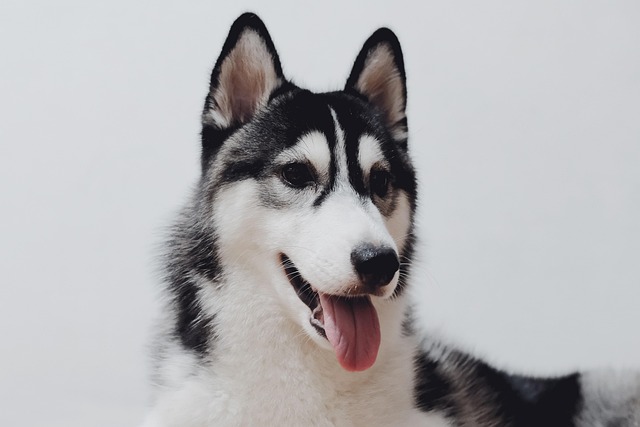
What is glaucoma in a dog?
You might notice your dog squinting more at mealtime or avoiding bright sunlight—these small changes could be early signs of a serious eye condition.
I’ll open with a scenario every new U.S. dog parent knows: You’re wiping your 6-month-old Lab mix’s paws after a walk on Chicago’s concrete sidewalks, and your thumb catches on something rough—her once-soft paw pads are cracked and gritty, and she pulls away with a tiny whine. You’ve noticed her licking them more lately, and panic sets in: What are the common causes of rough dog paws, and did I do this? This worry is universal, and the answer lies in understanding what harms those tough little pads—and how to fix it.
The science starts with how a dog’s paws are built. Paw pads have a tough outer keratin layer (like our fingernails) and a soft inner fat pad that absorbs shock. When this protective barrier breaks down, roughness sets in. My Austin vet explains it simply: “Paw pads are designed for wear, but too much stress or the wrong conditions strip their natural oils.” Common culprits fall into three buckets: environmental irritants, physical friction, and underlying health issues. Unlike humans, dogs can’t tell us their paws hurt—they show it through licking, limping, or avoiding certain surfaces.
Let’s break down the most frequent causes with real stories and fixes. First, extreme temperatures: In Arizona, my neighbor’s Golden Retriever got rough paws after walking on 100°F pavement (test it with your palm—if it’s too hot for you, it’s too hot for them!). The fix? Pet-safe booties or walking at dawn/dusk. Second, dry air: Colorado’s winter humidity (often below 20%) zaps paw moisture—my Beagle mix’s pads cracked until I started massaging unrefined coconut oil into them nightly. Third, chemical exposure: NYC’s winter salt or lawn fertilizers irritate pads—wipe paws with a damp cloth post-walk (I keep pet-safe wipes by my apartment door). Health issues like allergies (to grass, detergent) also cause licking that leads to roughness—my LA friend’s Pug improved once she switched to hypoallergenic laundry soap.

This ties directly to U.S. pet culture and rules. First, paw care is part of responsible ownership—just like keeping rabies vaccine records current (required in every state, and apartments demand proof). When training your dog to let you wipe their paws, use treats and praise (positive reinforcement beats scolding, always)—my Chicago roommate’s Chihuahua now sits patiently for paw wipes after walks. For apartments, keep a paw-wiping station by the door to avoid tracking dirt or chemicals onto floors (saving your security deposit). During community walks, steer clear of lawns with “fertilized” signs and always carry poop bags (fines hit $300 in NYC)—a dog with healthy paws is easier to walk politely, too.
Watch for warning signs: excessive licking, limping, or redness. Rough paws aren’t just cosmetic—they’re a sign your pup is uncomfortable. By addressing the cause—whether it’s hot pavement or dry air—you’re keeping them happy and mobile. That’s the care every new dog parent wants to provide.

You might notice your dog squinting more at mealtime or avoiding bright sunlight—these small changes could be early signs of a serious eye condition.

Let’s set the scene: It’s a sweltering Phoenix afternoon—105°F outside—and you rushed your 2-year-old Lab mix, Cooper, on a quick walk to “get it over with.”

Let’s get real: You’re in your Miami apartment, watching your 3-year-old Corgi, Loki, struggle to climb the stairs to your second-floor unit.

Many dog owners brush off occasional scratching as just “dog behavior,” but persistent itching often signals something more—like a food allergy.

You might first notice your dog scratching more than usual—chewing at their paws until the fur looks thin, or rubbing their face against the couch nonstop.

Let’s be real: You’re standing in your Chicago apartment, watching your 3-year-old Beagle, Max, huff and puff just to climb onto the couch.